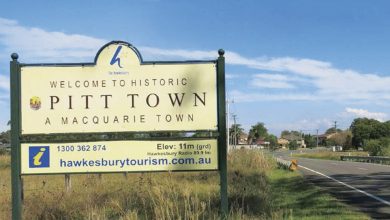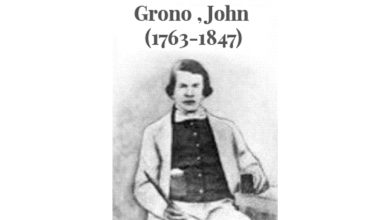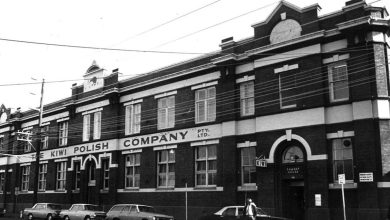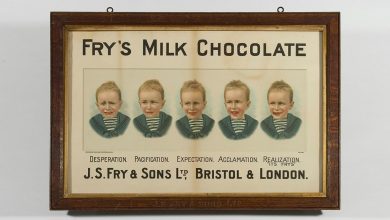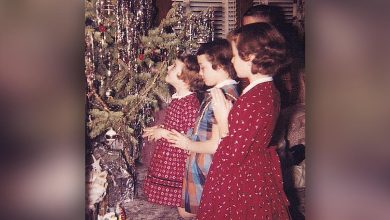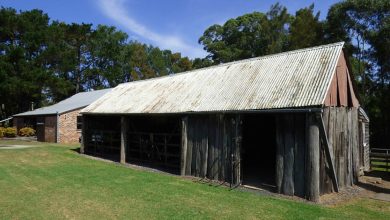In 1887 the Congress of International Astronomers designed a project to photomap the entire southern hemisphere night sky. This had never been attempted before and the project would eventually produce the Carte du Ceil: the Astrographic Catalogue. The NSW government saw merit in the project and on 21 October 1893 set aside 5 acres (2 hectares) on the corner of Pennant Hills and Beecroft Roads for the construction of an observatory. The Pennant Hills Observatory was completed in 1898.
The Pennant Hills site – known as Red Hill – was chosen as it was a high point at 615 feet (190 metres) above sea level and free of wood fire smoke, with easy access to Sydney by road or railway. The observatory, a circular building with rotating dome and 330mm telescope, was operated for 32 years by James Short, the astronomical photographer. One of the assistants at Red Hill was Lawrence Hargrave, who went on to experiment with airfoil shapes and develop the basis for aircraft wing designs at Stanwell Park.
In 1930, due to Mr Short’s impending retirement and a lack of funds to replace him, the government closed the facility. Light pollution and the increasing vibration from trucks passing along the road were other factors in the decision to shut the observatory, and in 1931 the telescope was moved back to the Sydney Observatory.
The report on the Astrographic Catalogue was ultimately published in the 1960s, with over a million star positions plotted. A memorial plaque can be seen today in Observatory Park between Pennant Hills and Beecroft Roads, indicating exactly where the telescope was once mounted.
Interested in astronomy? July is a rich period to observe meteors. The Delta Aquarids may be seen about 12 July for a period of 14 days. Observe on a dark night (moon absent) and facing towards the east.


